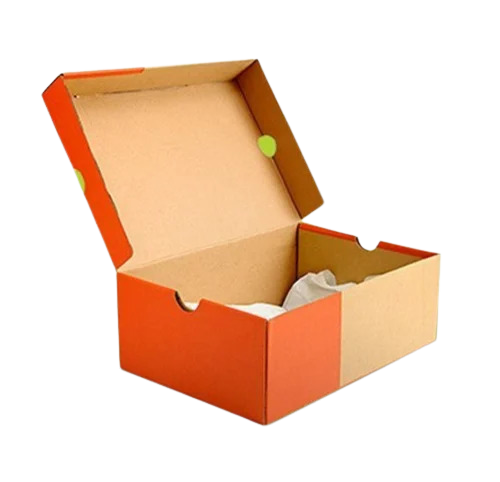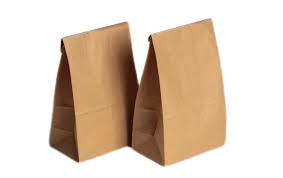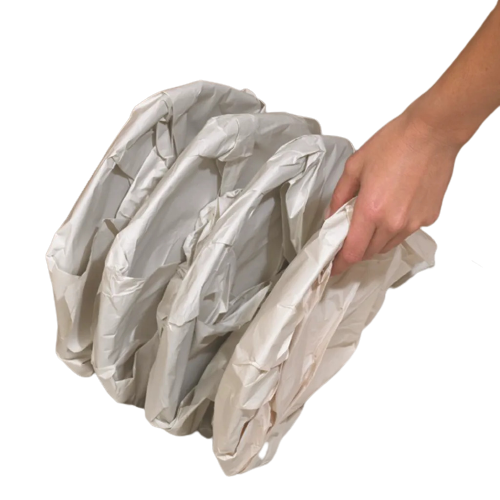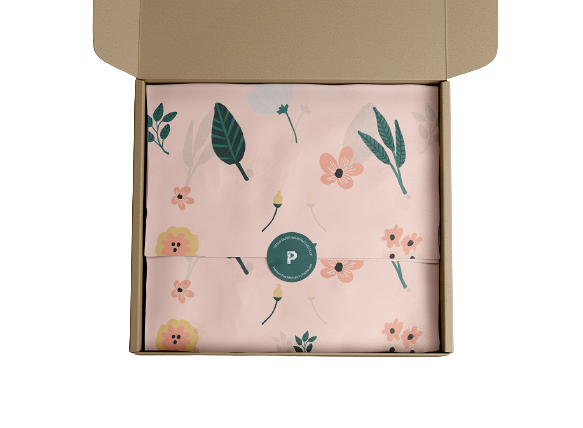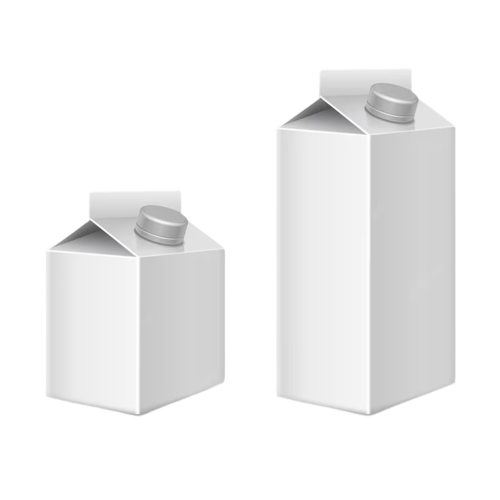Corrugated cardboard
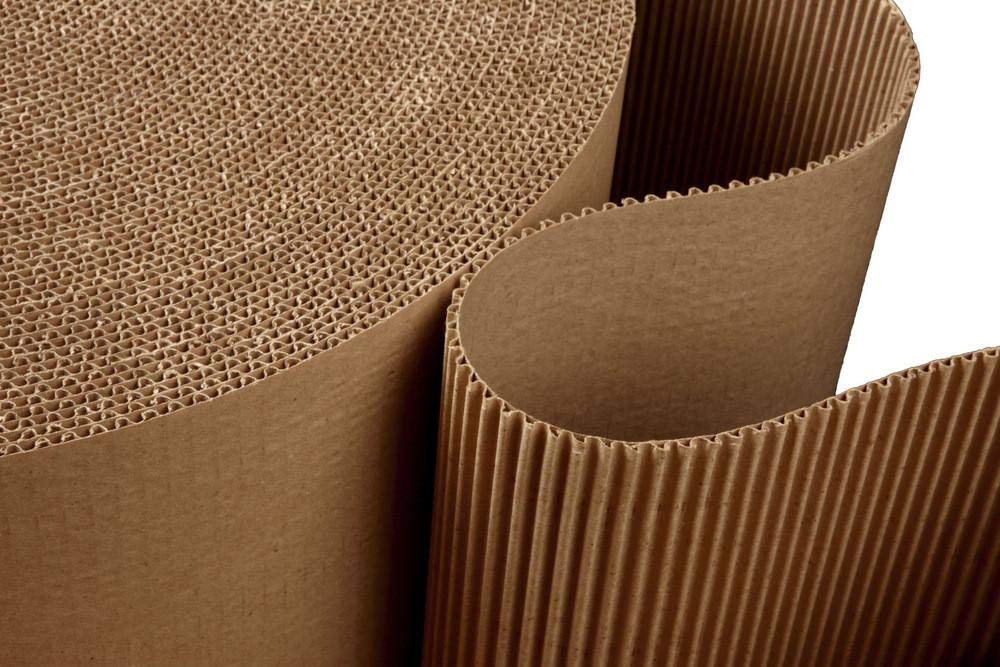
Corrugated cardboard
This is a type of paperboard that has a fluted layer between two flat layers. It is commonly used for shipping boxes and product packaging
 Carbon Footprint: 450 kg CO2e per tonne*
Carbon Footprint: 450 kg CO2e per tonne*
 Time to decompose : 2 to 6 weeks in facility
Time to decompose : 2 to 6 weeks in facility
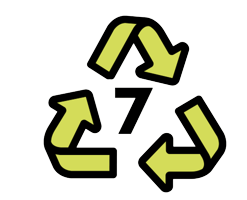 Recyclability : 7 times
Recyclability : 7 times
 Price Range : $ 0.20 to 1.00*
Price Range : $ 0.20 to 1.00*
Key features
| Features | Description |
|---|---|
| Strength | Corrugated paper packaging is known for its strength and durability. It provides excellent protection to the contents inside and can withstand stacking and handling during transportation |
| Lightweight | Corrugated paper packaging is lightweight, making it easier and more cost-effective to transport. It also reduces the overall weight of the packaged product, which can be beneficial for shipping costs |
| Versatility | Corrugated paper packaging can be easily customized to fit various shapes and sizes. It can be cut, folded, and formed into different configurations, making it suitable for packaging a wide range of products. |
| Eco-friendly | Corrugated paper packaging is environmentally friendly and sustainable. It is made from renewable resources (wood pulp) and is recyclable. It also has a lower carbon footprint compared to other packaging materials like plastic or metal. |
| Cushioning and Shock Absorption | The corrugated structure of the packaging provides excellent cushioning and shock absorption properties. It helps protect the contents from impacts, vibrations, and other external forces during transportation or handling. |
| Printability | Corrugated paper packaging can be easily printed on, allowing for branding, product information, or promotional messages to be displayed directly on the packaging. |
| Cost-effective | Corrugated paper packaging is generally more cost-effective compared to other packaging materials. It is widely available, easy to manufacture, and the production costs are relatively lower. |
| Recyclability | Corrugated paper packaging is highly recyclable. It can be collected, recycled, and reused to produce new packaging or paper products, reducing waste and conserving resources. |
| Stackability | Corrugated paper packaging is designed for efficient stacking. Its sturdy structure allows for safe stacking without collapsing, optimizing storage space during warehousing or transportation. |
| Customizability | Corrugated paper packaging can be easily customized with features like handles, inserts, windows, or perforations to enhance functionality and user experience. |
Specification
- Board Type : Corrugated paper packaging is made from corrugated board, which consists of three layers - two flat linerboards and a wavy or fluted layer in between. The fluted layer provides strength and cushioning properties.
- Flute Profiles : Corrugated board comes in different flute profiles, which refer to the size and shape of the flutes. Common flute profiles include A, B, C, E, and F, with each offering different strength and cushioning characteristics. The choice of flute profile depends on the packaging requirements and the weight of the product being packaged.
- Board Thickness : The thickness of the corrugated board is an important specification that affects the overall strength and rigidity of the packaging. It is typically measured in terms of the combined thickness of the linerboards and the fluted layer, expressed in points (1 point = 0.001 inch) or millimeters (mm).
- Burst Strength : Burst strength refers to the ability of the corrugated board to resist bursting under pressure. It is measured in pounds per square inch (PSI) or kilopascals (kPa) and indicates the maximum force the packaging can withstand before bursting.
- Edge Crush Test (ECT) : ECT measures the compression strength of the corrugated board in terms of the maximum load it can withstand per unit width before collapsing. It is typically expressed in pounds per inch (PPI) or kilonewtons per meter (kN/m).
Related Products
FAQ's
- Q1: What is corrugated paper packaging?
- A1: Corrugated paper packaging refers to packaging materials made from corrugated board, which consists of a fluted layer sandwiched between two flat linerboards. It is commonly used for shipping, storing, and protecting a wide range of products.
- Q2: What are the advantages of corrugated paper packaging?
- A2: Corrugated paper packaging offers several advantages, including strength, lightweight, versatility, eco-friendliness, cushioning properties, printability, cost-effectiveness, recyclability, stackability, and customizability.
- Q3: What types of products can be packaged using corrugated paper packaging?
- A3: Corrugated paper packaging is versatile and can be used to package various products such as electronics, food and beverages, consumer goods, pharmaceuticals, automotive parts, and many more.
- Q4: How is corrugated paper packaging made?
- A4: Corrugated paper packaging is made by combining layers of flat linerboards with a corrugated (wavy) layer. The layers are bonded together using adhesive to form a rigid and sturdy board. The board is then cut, folded, and formed into desired shapes and sizes.


